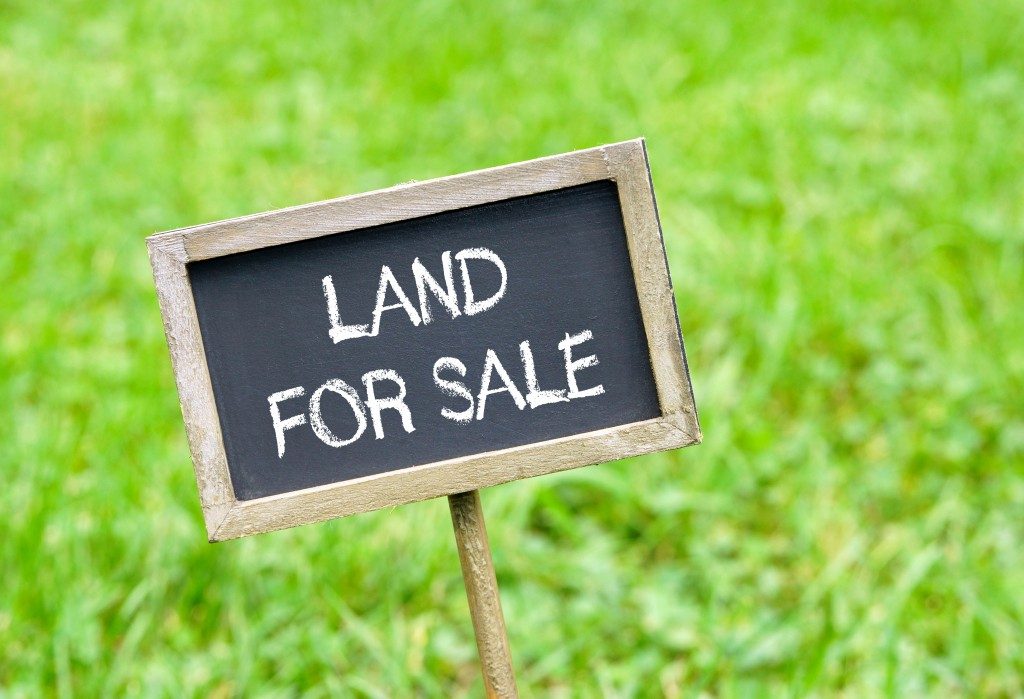When you’re just beginning as a real estate investor, learning the ropes can take time, and you don’t want to throw in more complications than necessary. But as you gain more knowledge and experience, you might want to try your hand at buying raw land, with an eye towards developing it yourself for appreciation.
Undeveloped property can be an exciting area for investment, but there are some things you must make sure of as you do your due diligence and plan your strategy. Here are four key considerations.
Zoning
Before you commit yourself to any planned developments, be sure of the property’s zoning designation. Under local ordinances, this defines and restricts the possible uses of land within the given zone to a range of pre-defined purposes.
You may be aware that a property is designated residential or commercial, for instance, but there may be further sub-types and specifications which limit any development activities. Homes might be restricted to a certain density of occupying families. Buildings could be required to fall within specific parameters of height, color, or other aesthetics. If you’d like to push through with a development that falls outside of zoning restrictions, you may be able to apply for a zoning exception or change – consult a local real estate attorney to find out.
Boundary survey
No matter what sort of property you own or what purpose you intend for its development, knowing your boundaries is a basic responsibility. If existing property boundaries aren’t clear, then you could face a boundary dispute, litigation, and forced reconstruction down the line.
Commissioning a boundary survey can be time-consuming but ultimately protects you from any issues down the line. When conducted by a certified professional, you’ll have a binding legal document that formally defines your property boundaries. Working with 3D scanning companies saves a lot of time on the survey work to give you quick and accurate results.

Feasibility and accounting
Raw land development is an investment and deserves a careful and detailed feasibility study. You may have a good idea of the overall outlay and final value of your property after construction, but what’s the market like? Can you find a buyer easily, or will you have to wait – and if so, what’s the holding cost over time?
Even if it’s a straightforward matter of building a house where you can live for a while before selling it, developing a system of accounting to measure the value of improvements – including whether they appreciate or depreciate over time – will give you a much more accurate picture of how much value your development added to the land.
Accessibility issues
One more thing to ascertain in the planning stage is whether or not there are any easements to consider. Do your neighbors have an easement against tall construction, which might block their solar panels? Or perhaps there’s a landlocked property nearby with appurtenant easement rights to access by traversing your property.
Your property may require similar easements – the seller should disclose these. You should discuss any relevant issues with your real estate agent, and with any prospective neighbors whose properties might be affected.
Raw land offers interesting potential as an investment, with a high upside and a variety of possible uses for your property. Make sure to nail the planning, so you don’t miss anything that might prove critical down the line.

